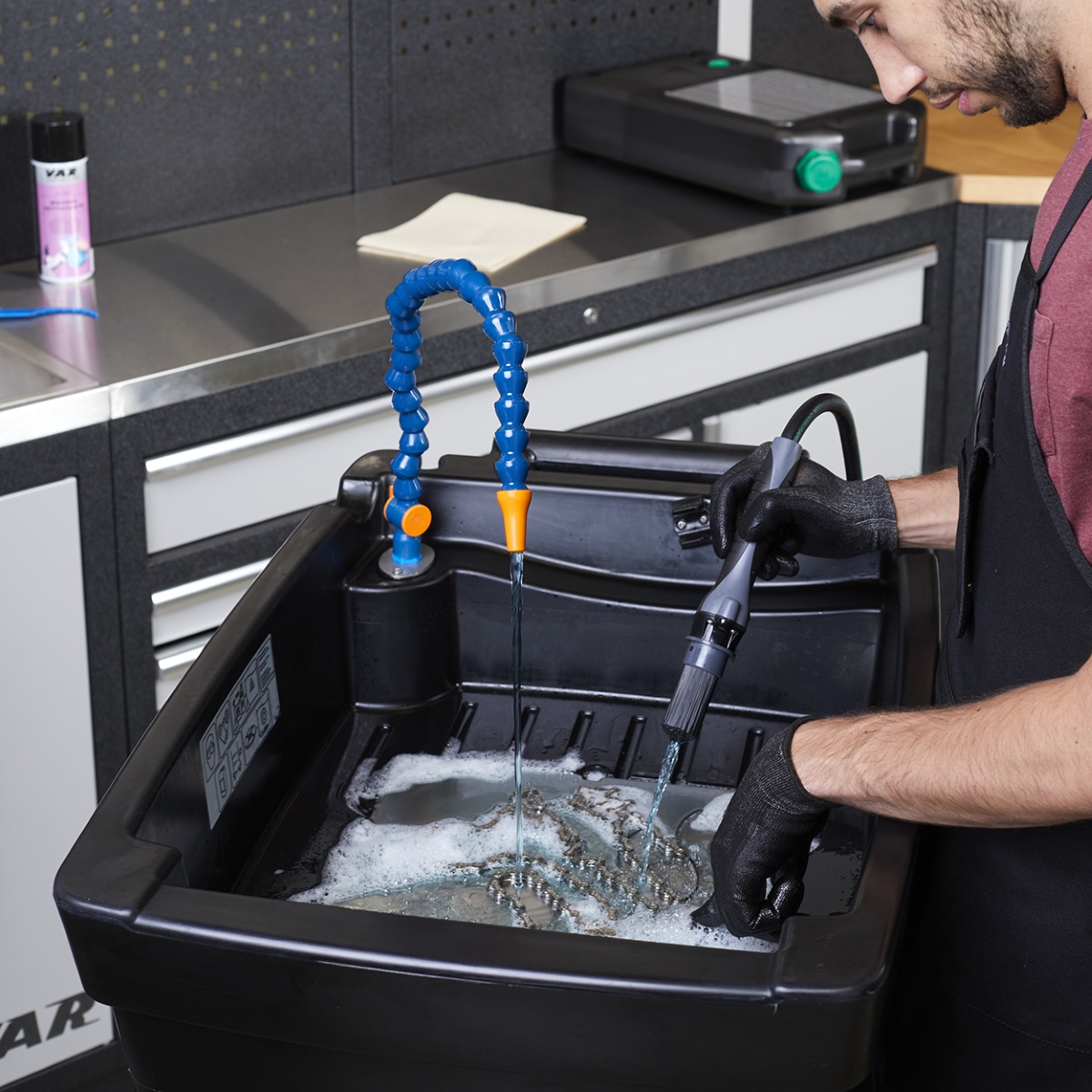

Articles
What To Use In A Parts Washer
Modified: January 19, 2024
Looking for articles on what to use in a parts washer? Discover expert advice and recommendations for choosing the right products to keep your parts clean and well-maintained.
(Many of the links in this article redirect to a specific reviewed product. Your purchase of these products through affiliate links helps to generate commission for Storables.com, at no extra cost. Learn more)
Introduction
A parts washer is an essential tool used in various industries for cleaning and removing contaminants from parts and components. Whether you work in automotive, manufacturing, or any other industry that involves machinery and equipment, having a reliable parts washer can greatly improve efficiency and ensure the longevity of your equipment.
In this article, we will explore the different types of parts washers available on the market and discuss their advantages and disadvantages. We will also delve into the various options for parts washer detergents and how to choose the right one for your specific needs.
So, if you’re in the market for a new parts washer or simply looking to upgrade your existing one, keep reading to discover everything you need to know about what to use in a parts washer.
Key Takeaways:
- Choose the Right Parts Washer Wisely
Consider your industry’s cleaning requirements, the types of contaminants you encounter, safety considerations, and budget constraints when selecting a parts washer. A well-chosen parts washer can enhance efficiency and ensure equipment longevity. - Opt for Environmentally Friendly Cleaning Solutions
Water-based and bioremediating parts washers offer eco-friendly alternatives to solvent-based washers. They effectively remove contaminants while minimizing health and environmental risks. Selecting the right detergent is crucial for achieving optimal cleaning results.
Read also: 8 Unbelievable Parts Washer For 2024
Types of Parts Washers
When it comes to parts washers, there are three main types that you can choose from: solvent-based, water-based, and bioremediating parts washers. Each type has its own unique features and benefits, so let’s take a closer look at each one.
Solvent-Based Parts Washers
Solvent-based parts washers are the traditional choice for cleaning parts and components. These washers use solvents, such as mineral spirits or petroleum-based solvents, to dissolve and remove grease, oil, and other contaminants. Solvent-based parts washers are known for their excellent cleaning power and ability to remove even the toughest residues.
However, one downside of solvent-based parts washers is the potential for health and safety risks. The solvents used in these washers are often flammable and can emit harmful vapors. It’s important to use these washers in a well-ventilated area and follow all safety precautions to minimize any risks.
Water-Based Parts Washers
Water-based parts washers, as the name suggests, use water as the cleaning agent. These washers are environmentally friendly and do not pose the same health and safety risks as solvent-based washers. Water-based washers can effectively remove dirt, grime, and water-soluble contaminants.
Water-based parts washers typically use pressurized water combined with specialized detergents or surfactants to break down and remove contaminants from parts. These washers are often easier to use and maintain compared to solvent-based washers, making them a popular choice in many industries.
Bioremediating Parts Washers
Bioremediating parts washers offer an eco-friendly and sustainable alternative for parts cleaning. These washers utilize environmentally friendly microbes or bacteria that naturally break down and remove contaminants. As the bacteria consume the contaminants, they convert them into harmless byproducts.
Bioremediating parts washers not only provide excellent cleaning results but also help to reduce waste and minimize the impact on the environment. They do not require harsh chemicals or detergents, making them a safer option for both the user and the environment.
Each type of parts washer has its own advantages and considerations, so it’s important to evaluate your specific cleaning needs and requirements before making a choice.
Read also: 9 Incredible Pressure Washer Parts For 2024
Solvent-Based Parts Washers
Solvent-based parts washers have long been a popular choice for industrial cleaning applications. These washers utilize solvents, such as mineral spirits or petroleum-based solutions, to effectively dissolve and remove grease, oil, and other stubborn contaminants from parts and components.
One of the biggest advantages of solvent-based parts washers is their unparalleled cleaning power. The solvents used in these machines have excellent degreasing properties, enabling them to tackle even the most stubborn residues. They can break down and remove heavy-duty grease, oil, dirt, paint, and adhesives that may be difficult to clean with other methods.
Additionally, solvent-based parts washers can effectively remove contaminants from intricate or hard-to-reach areas of the parts. The solvents can penetrate into small crevices, blind holes, and other tight spaces, ensuring a thorough and comprehensive cleaning.
However, it’s important to note that solvent-based parts washers also come with some considerations. One of the main drawbacks is the potential health and safety risks associated with the use of solvents. The solvents used in these washers are often flammable and can emit harmful vapors. It is crucial to operate solvent-based parts washers in a well-ventilated area to minimize the risk of inhalation or fire hazards. Employers should provide proper safety training and adhere to safety guidelines to ensure the well-being of workers.
Another aspect to consider is the environmental impact of solvent-based washers. The solvents used can be hazardous to the environment if not properly disposed of. It is essential to follow local regulations and guidelines for the safe disposal of solvent waste.
Overall, solvent-based parts washers are a reliable and effective option for heavy-duty cleaning tasks. They are especially suitable for industries that deal with large equipment, automotive parts, and machinery that require thorough degreasing. However, it is important to carefully handle and maintain solvent-based parts washers to ensure the safety of the workers and minimize environmental impacts.
Water-Based Parts Washers
Water-based parts washers are a popular alternative to solvent-based washers for cleaning parts and components. These washers use pressurized water combined with specialized detergents or surfactants to effectively remove dirt, grime, and water-soluble contaminants.
One of the key advantages of water-based parts washers is their environmental friendliness. Unlike solvent-based washers, water-based washers do not use hazardous solvents, reducing the potential health and safety risks. They are also more eco-friendly since they do not contribute to air pollution or emit harmful vapors into the atmosphere.
Water-based parts washers are relatively easy to use and maintain. They can be operated with simple controls and do not require extensive training or expertise. Additionally, these washers are typically more cost-effective in the long run since water is readily available and the detergents used are generally less expensive than solvents.
Water-based parts washers are versatile and can effectively clean a wide range of parts and components. Whether you need to remove oil, grease, dirt, or other water-soluble contaminants, these washers can provide excellent cleaning results. They are suitable for various industries, including automotive, manufacturing, and maintenance, where parts need to be thoroughly cleaned without using harsh solvents.
However, it’s important to consider certain factors when using water-based parts washers. They may not be as effective at removing heavy-duty or stubborn residues compared to solvent-based washers. In some cases, additional manual cleaning or the use of specialized detergents may be required to achieve the desired level of cleanliness.
Another consideration is the potential for rust or corrosion when using water-based washers. It’s crucial to properly dry the parts after cleaning to prevent any moisture from causing damage. Some water-based washers may have built-in drying options to ensure this step is completed effectively.
Overall, water-based parts washers provide a safe and environmentally friendly option for cleaning parts and components. They are versatile, cost-effective, and easy to use, making them a popular choice for many industries. By selecting the appropriate detergents and following proper drying procedures, water-based parts washers can provide excellent cleaning results while minimizing environmental impact.
Bioremediating Parts Washers
Bioremediating parts washers offer an innovative and environmentally-friendly solution for cleaning parts and components. These washers utilize specialized microbes or bacteria to naturally break down and remove contaminants from the surfaces.
One of the key advantages of bioremediating parts washers is their eco-friendliness. They do not rely on harsh chemicals or solvents, reducing the impact on the environment. The microbes used in these washers are specially selected to degrade and consume contaminants, converting them into harmless byproducts. This process is known as bioremediation, as it helps to remediate and eliminate pollutants.
Bioremediating parts washers can effectively remove a wide range of contaminants, including oils, greases, hydrocarbons, and other organic residues. These washers are particularly well-suited for industries that deal with petroleum-based products or face strict regulations regarding the use and disposal of hazardous materials.
Another advantage of bioremediating parts washers is their ease of use and maintenance. They typically require minimal operator intervention and have low operating costs since they do not rely on consumables such as solvents or detergents. Instead, periodic addition of microbial cultures may be necessary to maintain optimal performance.
However, it’s important to note that bioremediating parts washers may not be suitable for all cleaning applications. They may be less effective at removing heavy-duty or stubborn contaminants compared to solvent or water-based washers. In such cases, a pre-cleaning step or the combined use of different cleaning methods may be necessary to achieve the desired level of cleanliness.
Furthermore, the temperature and pH levels need to be properly maintained for the microbes to thrive and break down the contaminants effectively. Regular monitoring and adjustment of these parameters may be required to ensure optimum performance.
Overall, bioremediating parts washers offer a greener and sustainable approach to parts cleaning. By harnessing the power of beneficial bacteria, these washers not only provide effective cleaning results but also contribute to the reduction of hazardous waste and environmental pollution. They are particularly beneficial for industries seeking to align with sustainable practices and regulations.
Parts Washer Detergents
Choosing the right detergent is essential for optimal cleaning performance in parts washers. Detergents play a crucial role in breaking down and removing various contaminants such as oil, grease, dirt, and grime from parts and components. Here are some key factors to consider when selecting parts washer detergents:
Compatibility: It is important to choose a detergent that is compatible with the parts washer you are using. Some machines may have specific requirements or recommendations for the type of detergent to use. Ensure that the detergent you select is suitable for use in your specific parts washer.
Type of Contaminants: Consider the types of contaminants you regularly encounter in your cleaning applications. Different detergents may be formulated to target specific types of contaminants. For example, some detergents may be specifically designed to remove heavy grease, while others may excel at removing oil or general dirt and grime.
Environmental Impact: If sustainability is a priority for your business, consider choosing environmentally friendly detergents. Look for biodegradable, non-toxic, and non-hazardous options. These detergents are safer for both workers and the environment while still providing effective cleaning results.
Concentration and Dilution: Detergents are typically available in concentrated forms that need to be diluted with water before use. Consider the dilution ratio recommended by the manufacturer and ensure that it is compatible with your parts washer’s requirements. Finding the right balance between concentration and dilution will help maximize the effectiveness of the detergent.
Specialized Applications: In some cases, you may have specific cleaning requirements for specialized parts or components. Different detergents may be formulated for specific applications such as automotive parts, electronics, or precision instruments. Consider whether a specialized detergent would better suit your specific cleaning needs.
Quality and Brand Reputation: When it comes to detergents, it’s important to choose products from reputable brands known for their quality and reliability. Look for brands with a proven track record in the industry and positive customer reviews. This ensures that you are getting a detergent that will consistently deliver effective cleaning results.
Taking these factors into consideration will help you choose the right detergent for your parts washer. It is recommended to consult with your parts washer manufacturer or supplier for specific recommendations based on your cleaning requirements and the type of parts washer you are using.
When choosing a solvent for your parts washer, consider using a biodegradable and non-toxic option to minimize environmental impact and ensure safe handling.
Read also: 12 Incredible Amana Washer Parts For 2024
Choosing the Right Parts Washer
Choosing the right parts washer is crucial for ensuring efficient and effective cleaning of parts and components. There are several factors to consider when selecting a parts washer that best suits your needs. Here’s a guide to help you make an informed decision:
Cleaning Requirements: Assess the specific cleaning requirements of your industry and applications. Consider the types and sizes of parts you need to clean, as well as the level of cleanliness required. Some parts washers are better suited for heavy-duty cleaning, while others may be more suitable for precision cleaning tasks.
Type of Contaminants: Determine the types of contaminants you commonly encounter. This will help you choose a parts washer that can effectively remove those contaminants. For example, if you frequently deal with oil and grease, you may opt for a solvent-based parts washer. If you mainly handle water-soluble contaminants, a water-based or bioremediating parts washer could be a better choice.
Size and Capacity: Consider the size of the parts you typically clean and the volume of parts you need to process. Choose a parts washer with a capacity that can accommodate your largest parts or handle your desired workload efficiently. Pay attention to the dimensions and interior space of the machine to ensure it can accommodate your specific needs.
Safety Considerations: Evaluate the potential health and safety risks associated with the parts washer. Solvent-based washers, for example, may emit flammable vapors and require proper ventilation and safety precautions. Water-based or bioremediating washers may offer a safer option in terms of chemical exposure and environmental impact. Consider the safety regulations and guidelines relevant to your industry and ensure the parts washer meets those requirements.
Maintenance and Upkeep: Assess the maintenance requirements of the parts washer. Some machines may require more frequent maintenance, such as changing filters, replenishing solvent or detergent, or performing routine cleaning. Consider the availability and cost of replacement parts, as well as the ease of maintenance, when making your selection.
Budget and Cost: Determine your budget for a parts washer, keeping in mind both the upfront cost and the long-term operating expenses. Consider factors such as the cost of solvents, detergents, electricity, water consumption, and any necessary maintenance or repairs. Ensure that the chosen parts washer provides value for money and fits within your budget constraints.
Quality and Durability: Invest in a high-quality parts washer that is built to withstand the demands of your industry. Look for reliable brands with a reputation for durability and long-lasting performance. Reading customer reviews and seeking recommendations from industry professionals can help you gauge the quality of different parts washer models.
By carefully considering these factors, you can choose a parts washer that meets your specific cleaning requirements, adheres to safety regulations, fits within your budget, and offers reliable and efficient performance for years to come.
Conclusion
When it comes to cleaning parts and components, having the right parts washer and using the appropriate cleaning methods is essential. The type of parts washer you choose, whether it’s solvent-based, water-based, or bioremediating, depends on factors such as the types of contaminants you encounter, environmental considerations, and safety requirements.
Solvent-based parts washers provide exceptional cleaning power and are suitable for heavy-duty applications. However, they come with health and safety risks and require proper ventilation and safe handling practices. Water-based parts washers offer a more environmentally friendly option, effectively removing water-soluble contaminants while minimizing the use of hazardous chemicals. Bioremediating parts washers provide a sustainable and eco-friendly solution, utilizing microbes to break down contaminants without relying on harsh chemicals.
Choosing the right parts washer detergent is also crucial for achieving optimal cleaning results. Consider factors such as compatibility, the type of contaminants, environmental impact, concentration and dilution, and specialized applications when selecting a detergent. Ensure that the detergent is suitable for use in your specific parts washer and aligns with your cleaning requirements and sustainability goals.
When selecting a parts washer, consider factors such as cleaning requirements, the size and capacity of the machine, safety considerations, maintenance needs, budget, and the quality of the equipment. Taking these aspects into account will help you make an informed decision and choose a parts washer that meets your specific needs and delivers reliable performance.
In conclusion, a well-chosen parts washer, combined with the right cleaning methods and detergents, can greatly enhance the efficiency and effectiveness of your parts cleaning process. Whether you prioritize heavy-duty cleaning power, environmental sustainability, or a balance between the two, there are options available to suit your needs. By investing in the right parts washer and maintaining it properly, you can ensure the longevity of your equipment and achieve consistently clean and well-maintained parts for your operations.
Frequently Asked Questions about What To Use In A Parts Washer
Was this page helpful?
At Storables.com, we guarantee accurate and reliable information. Our content, validated by Expert Board Contributors, is crafted following stringent Editorial Policies. We're committed to providing you with well-researched, expert-backed insights for all your informational needs.
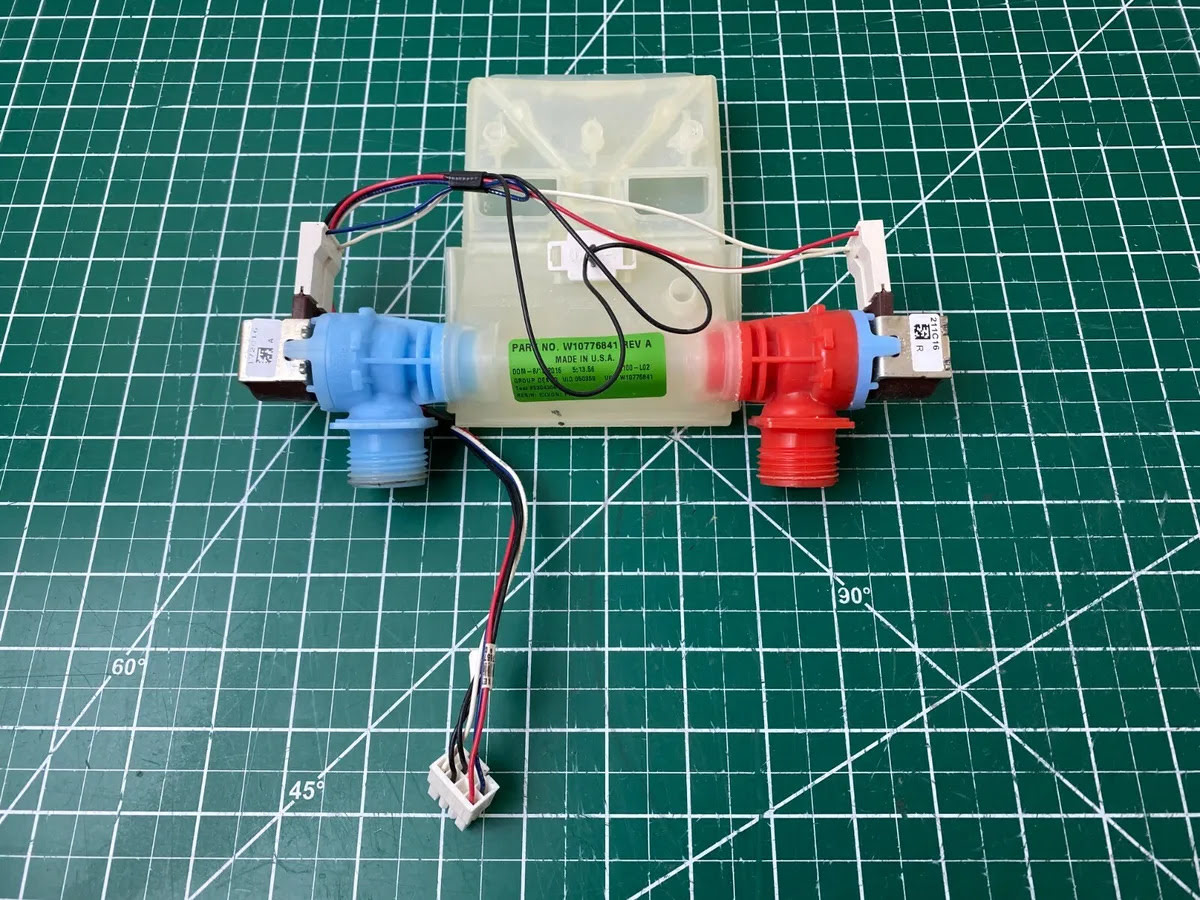
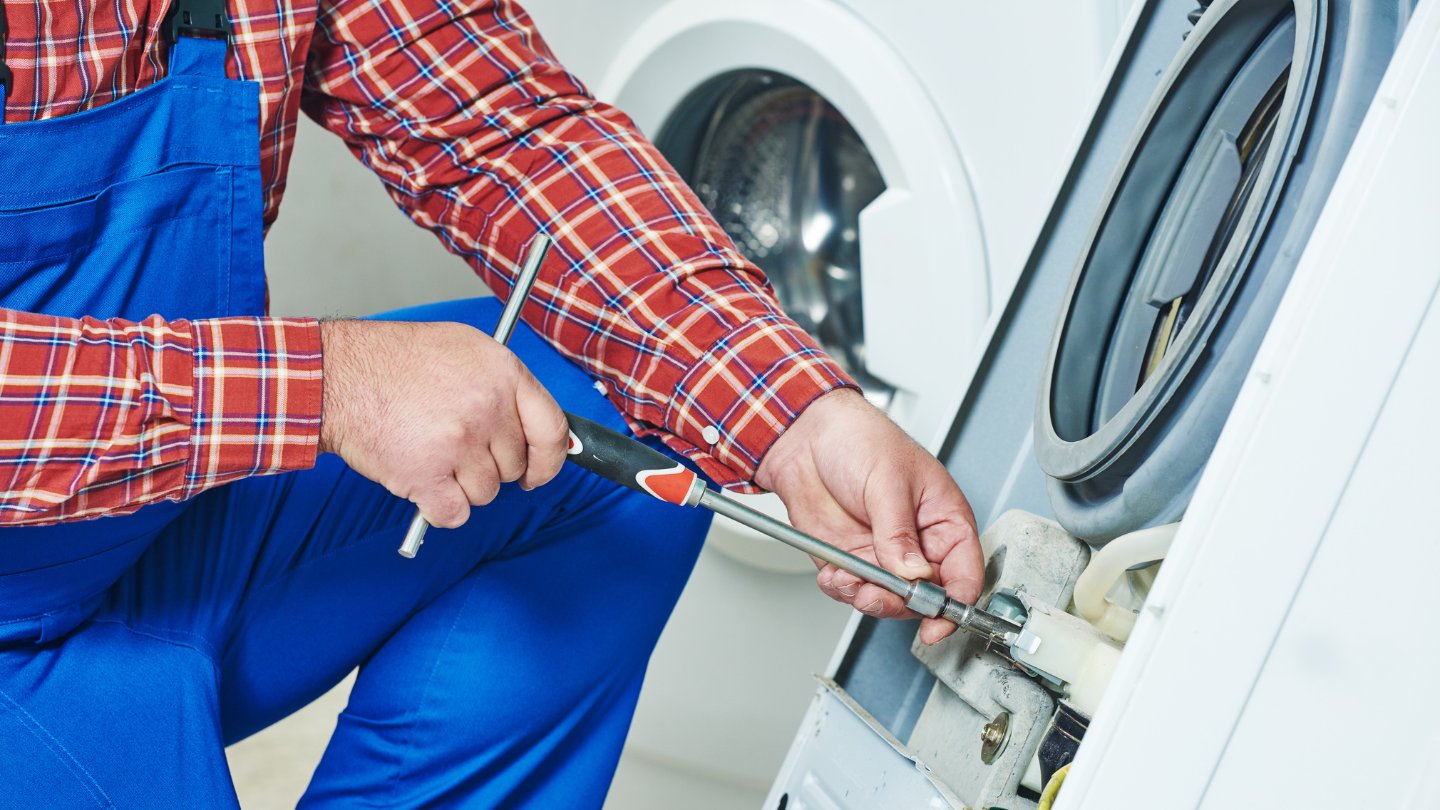
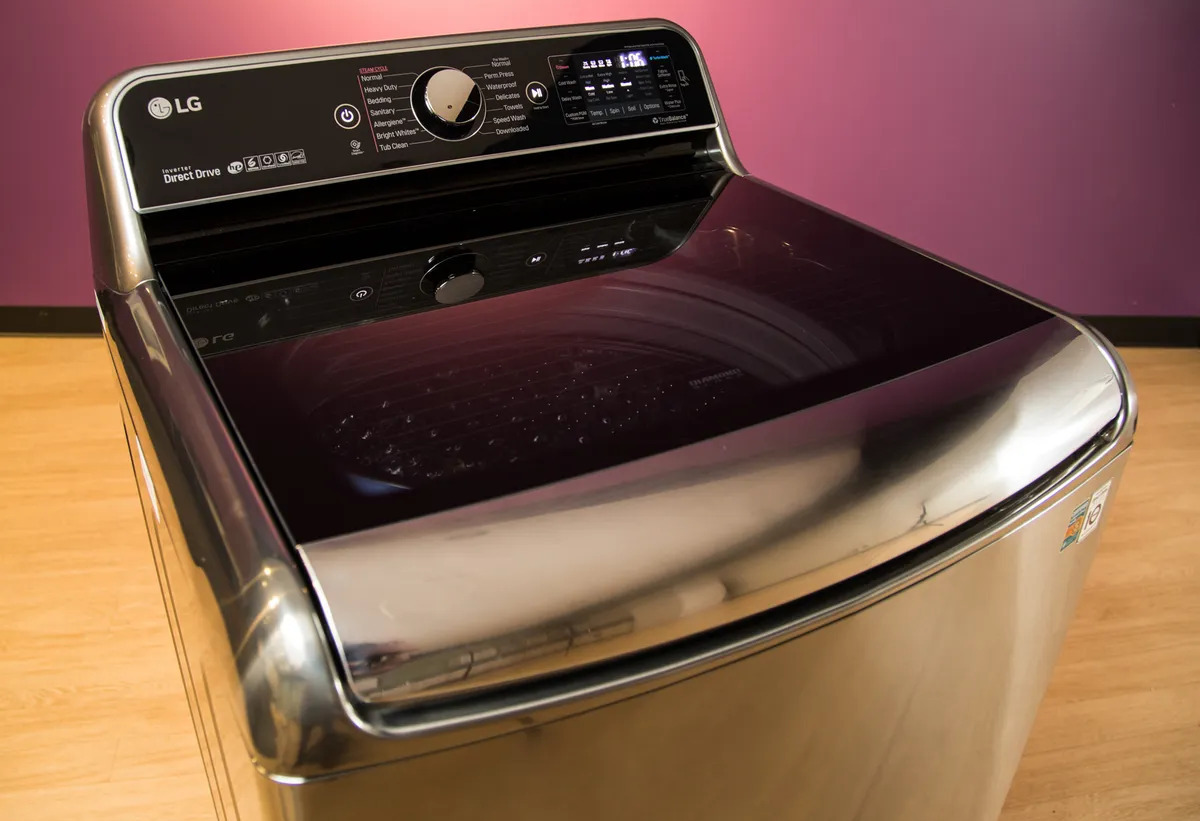
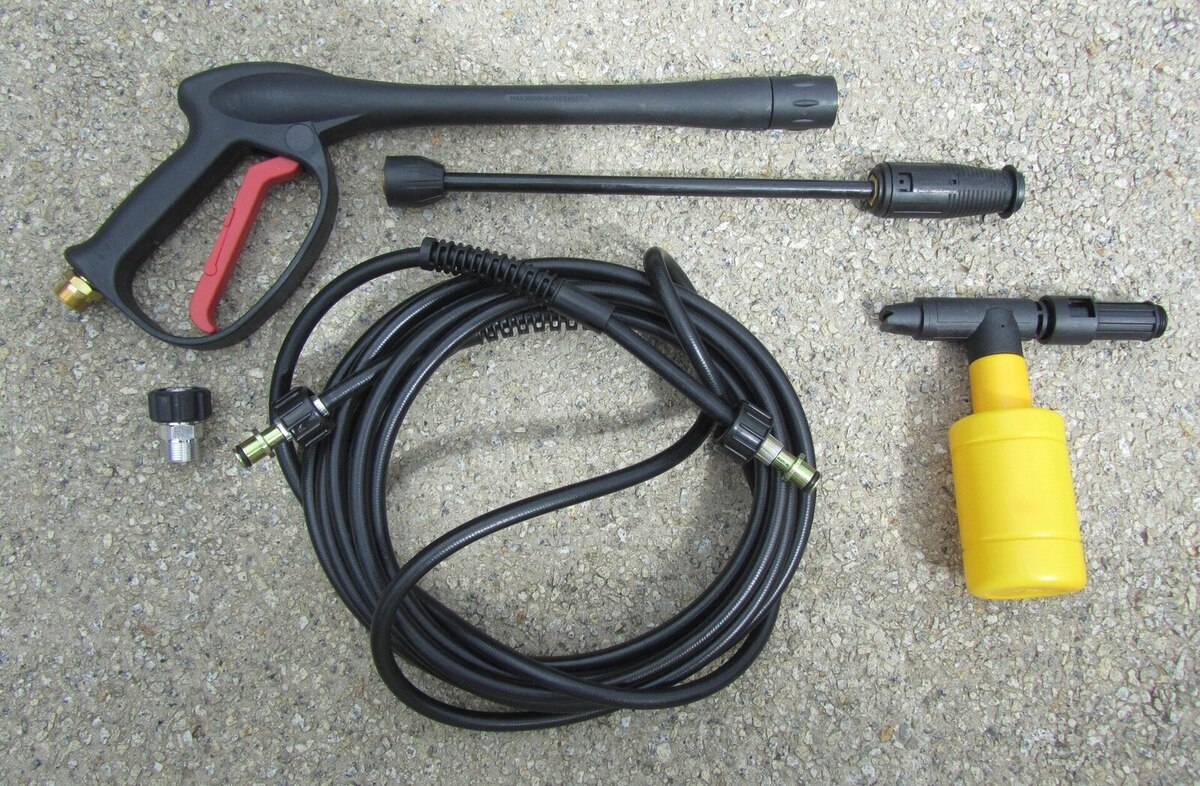

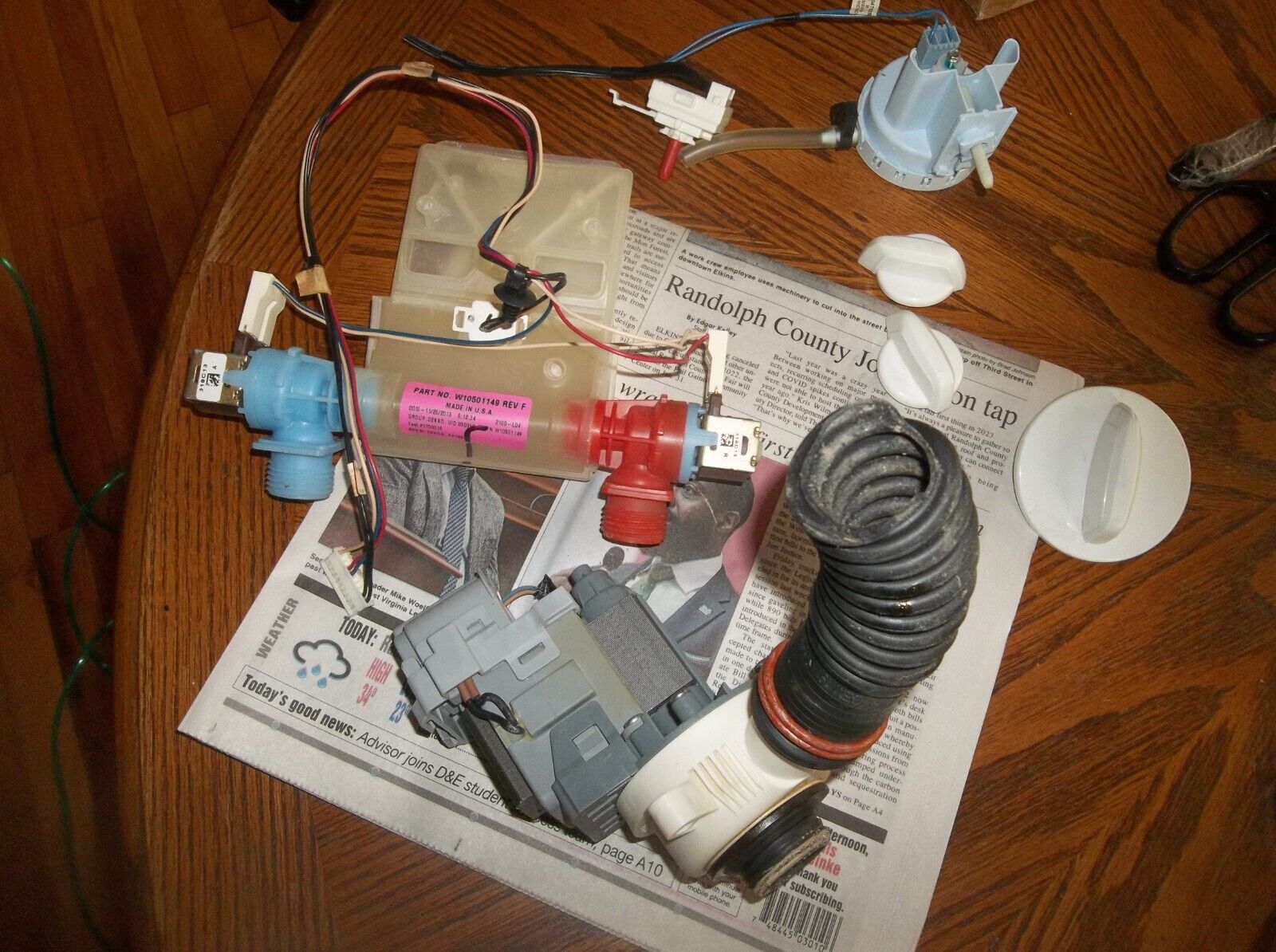
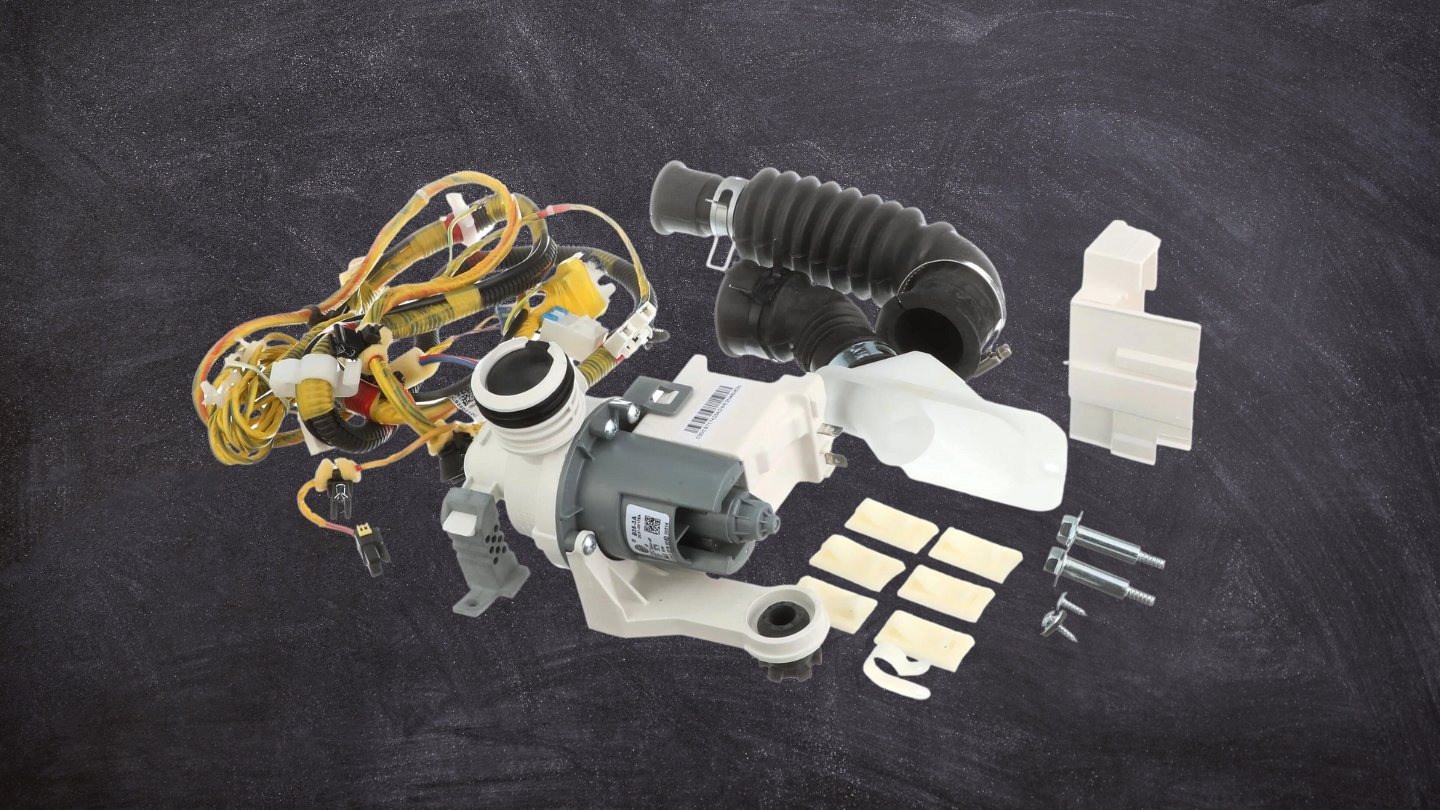
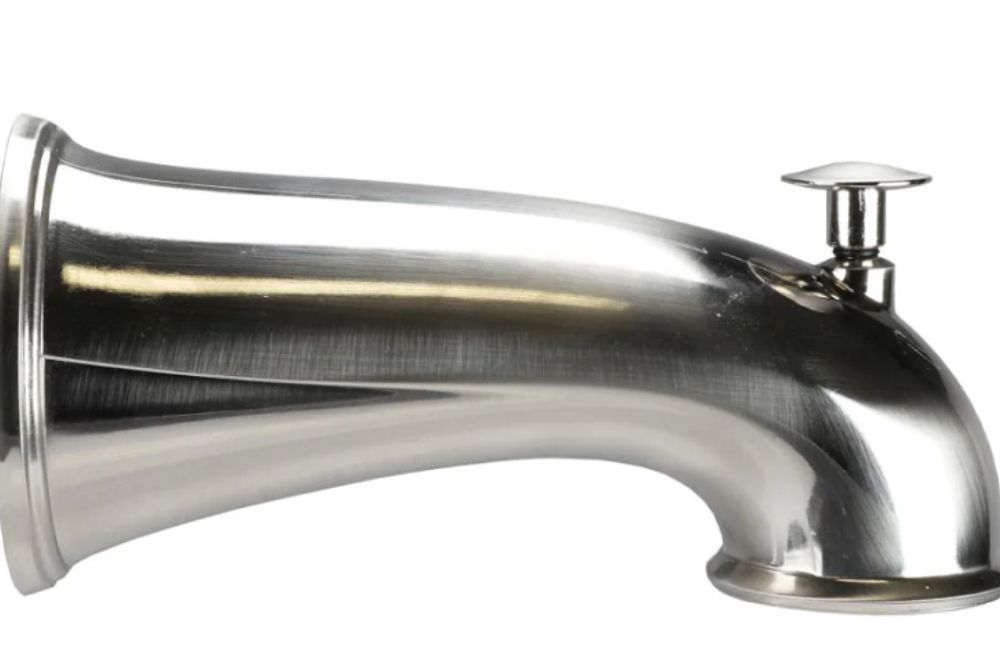
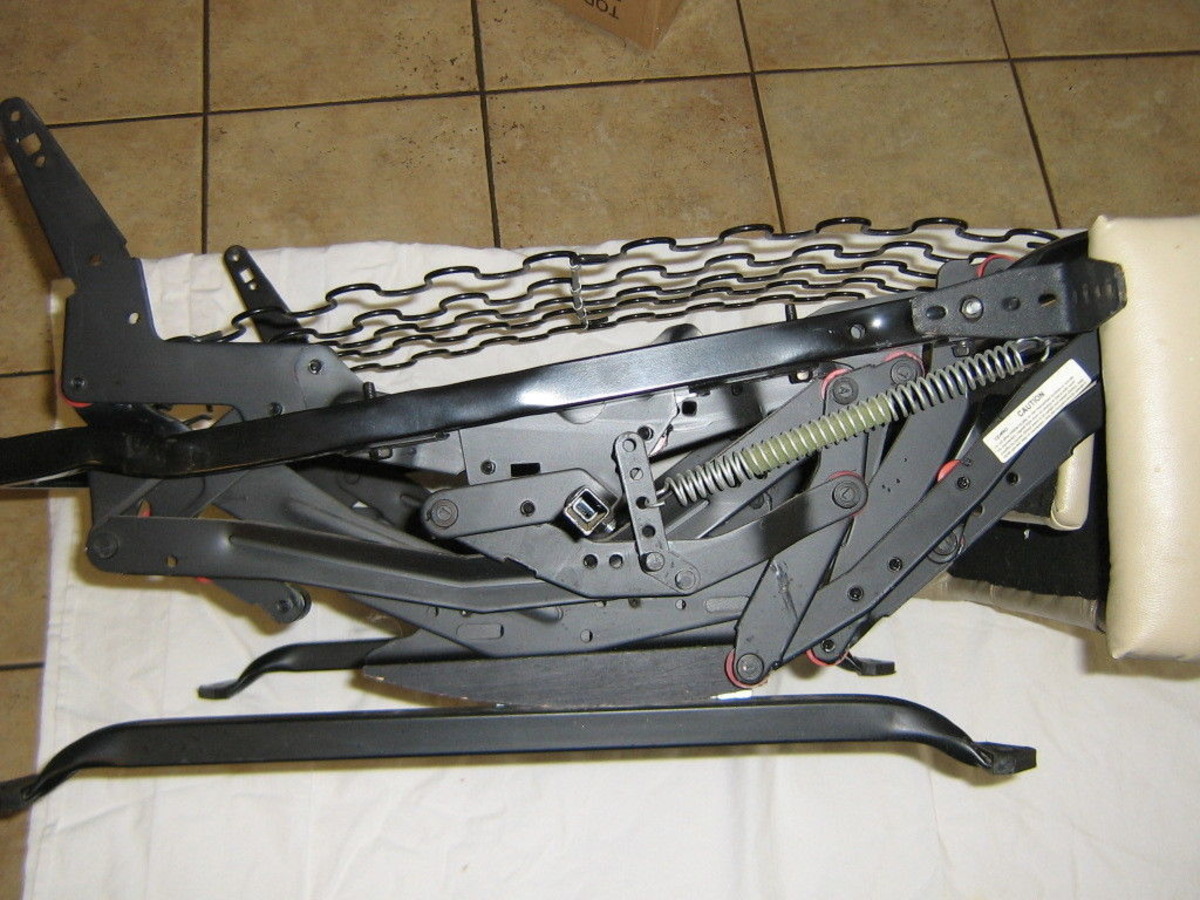
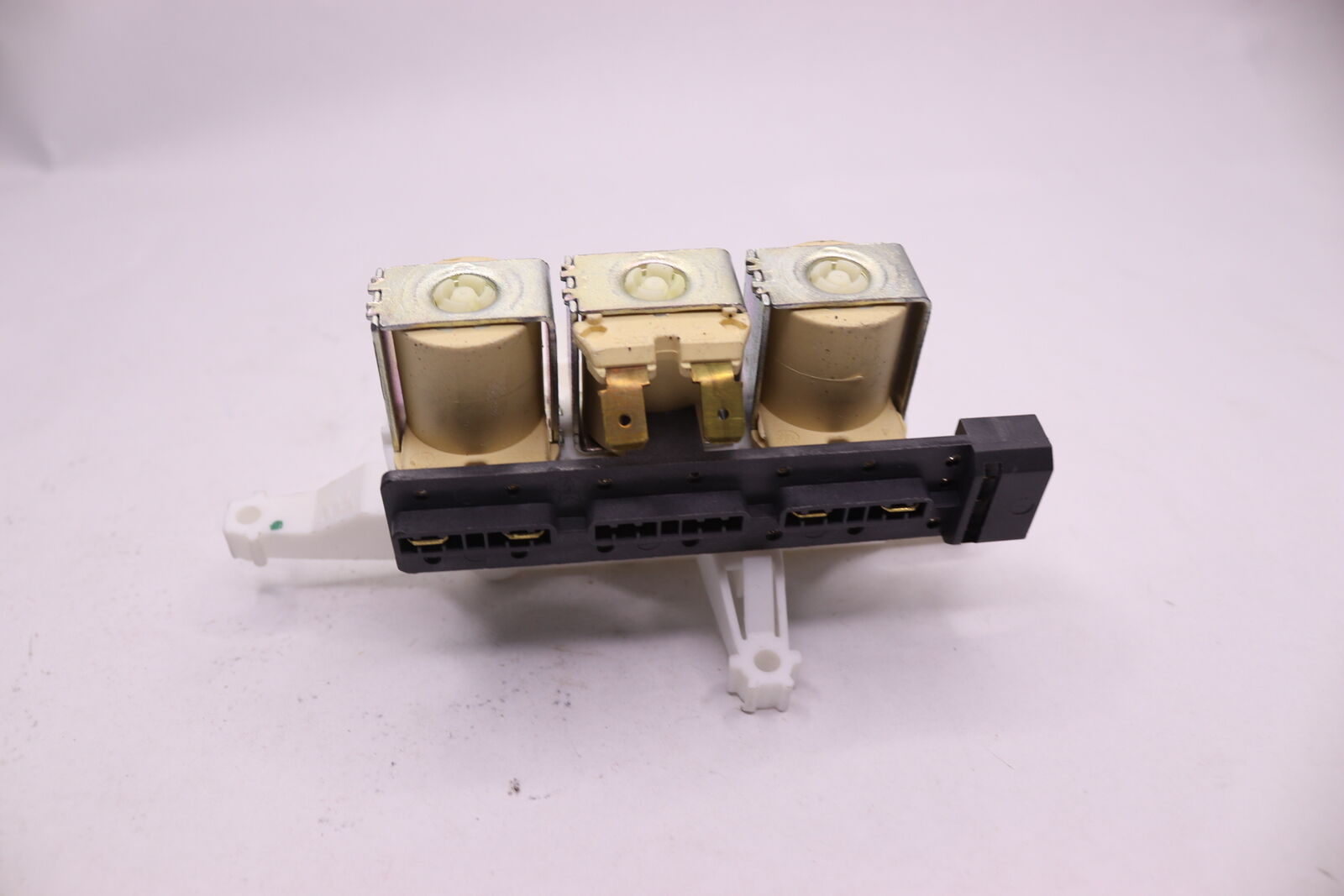
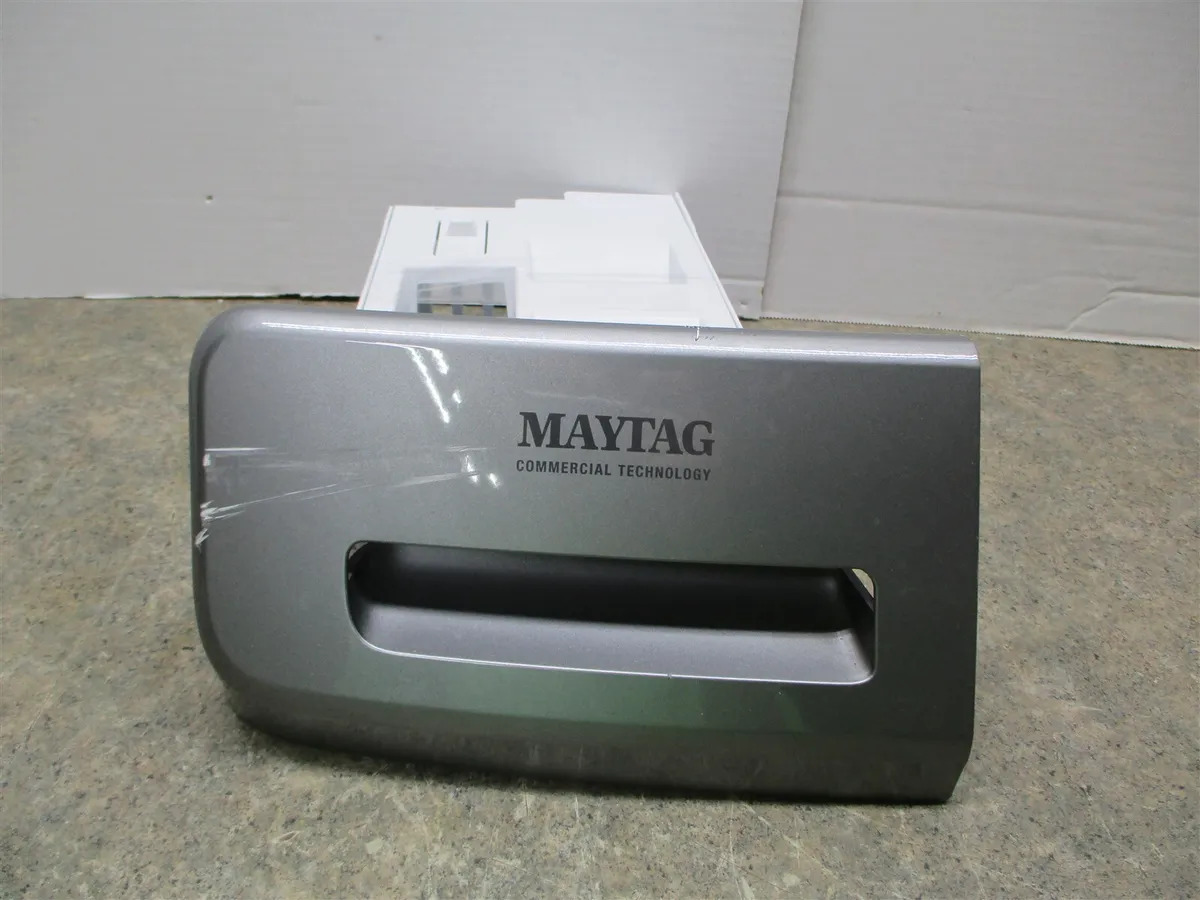
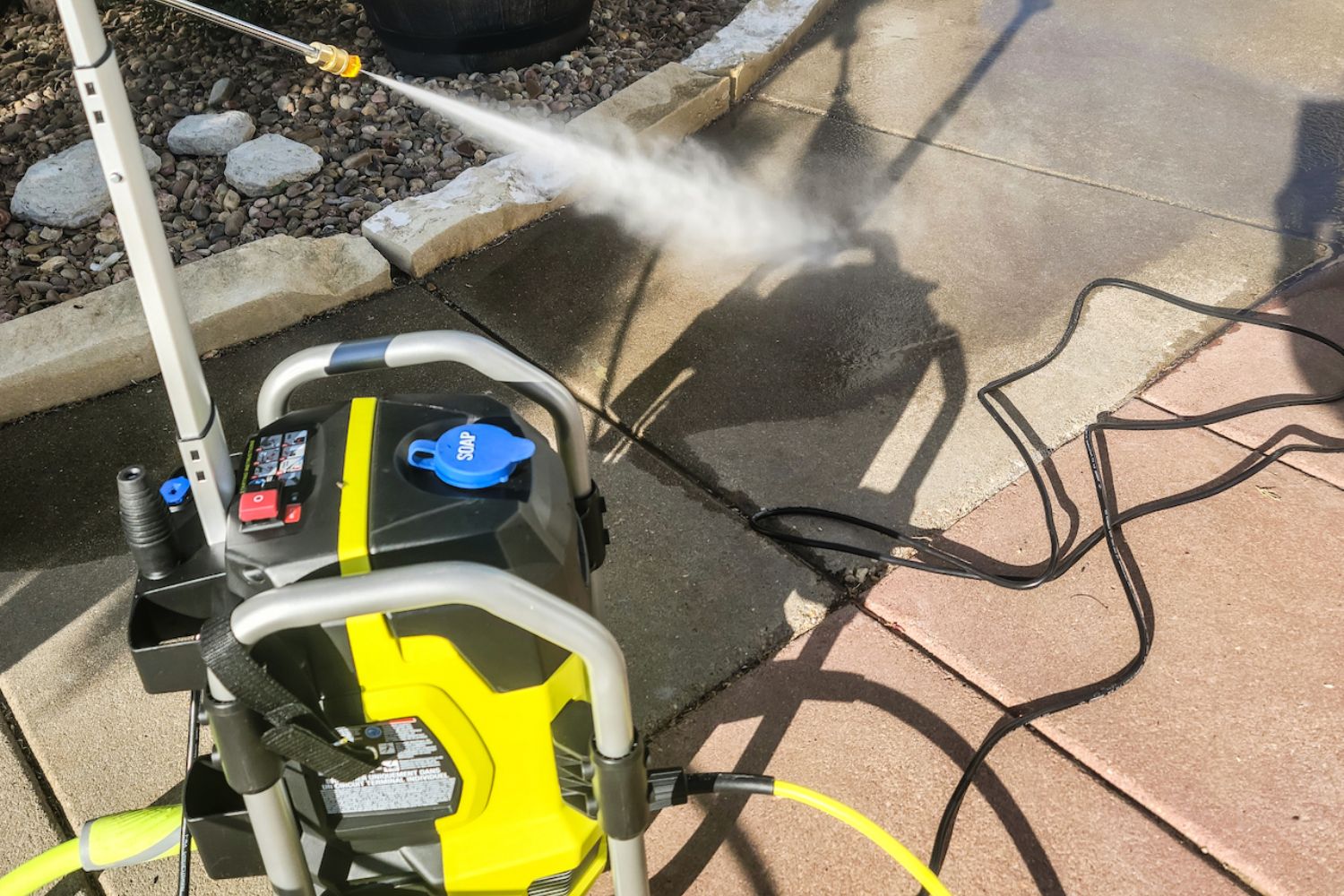
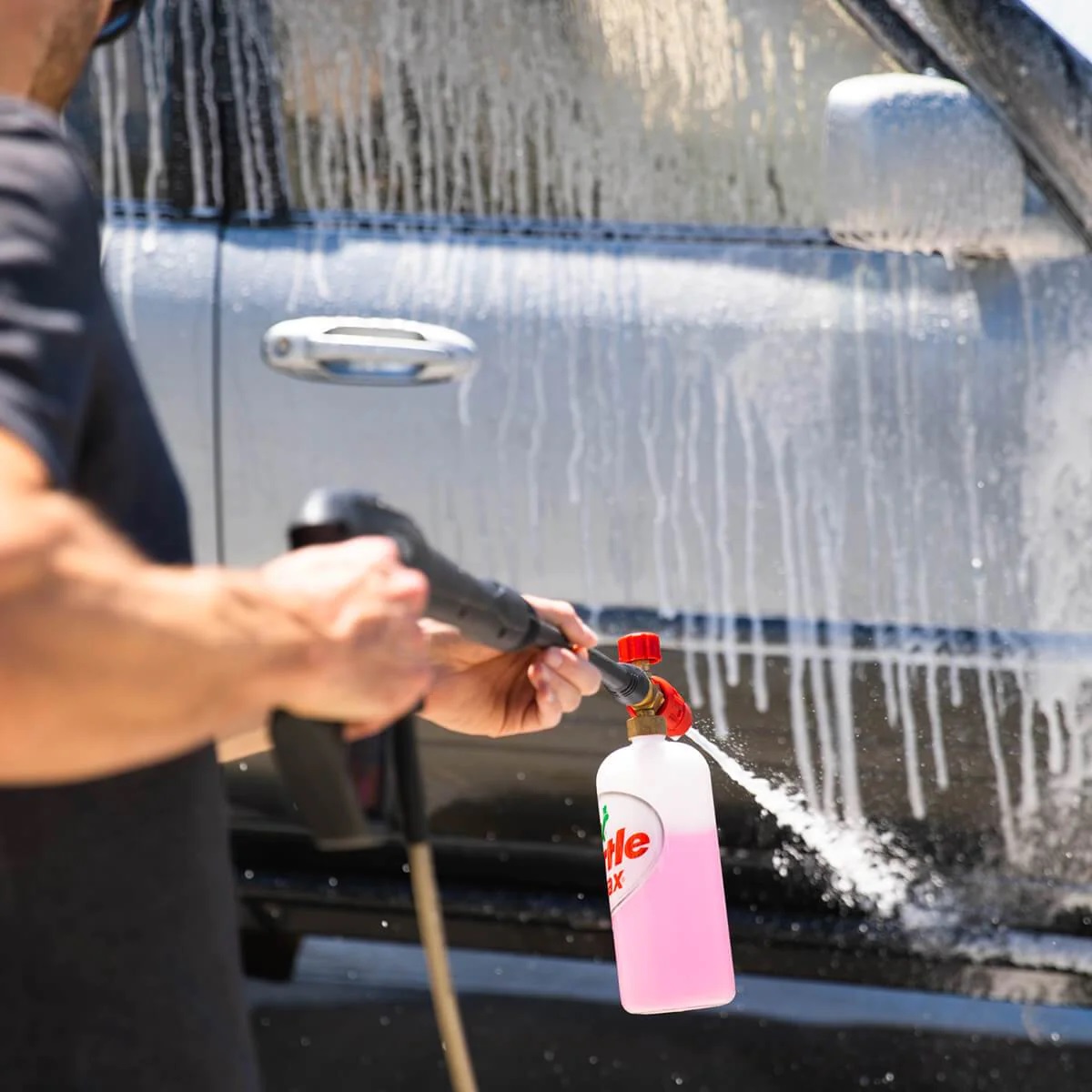

0 thoughts on “What To Use In A Parts Washer”